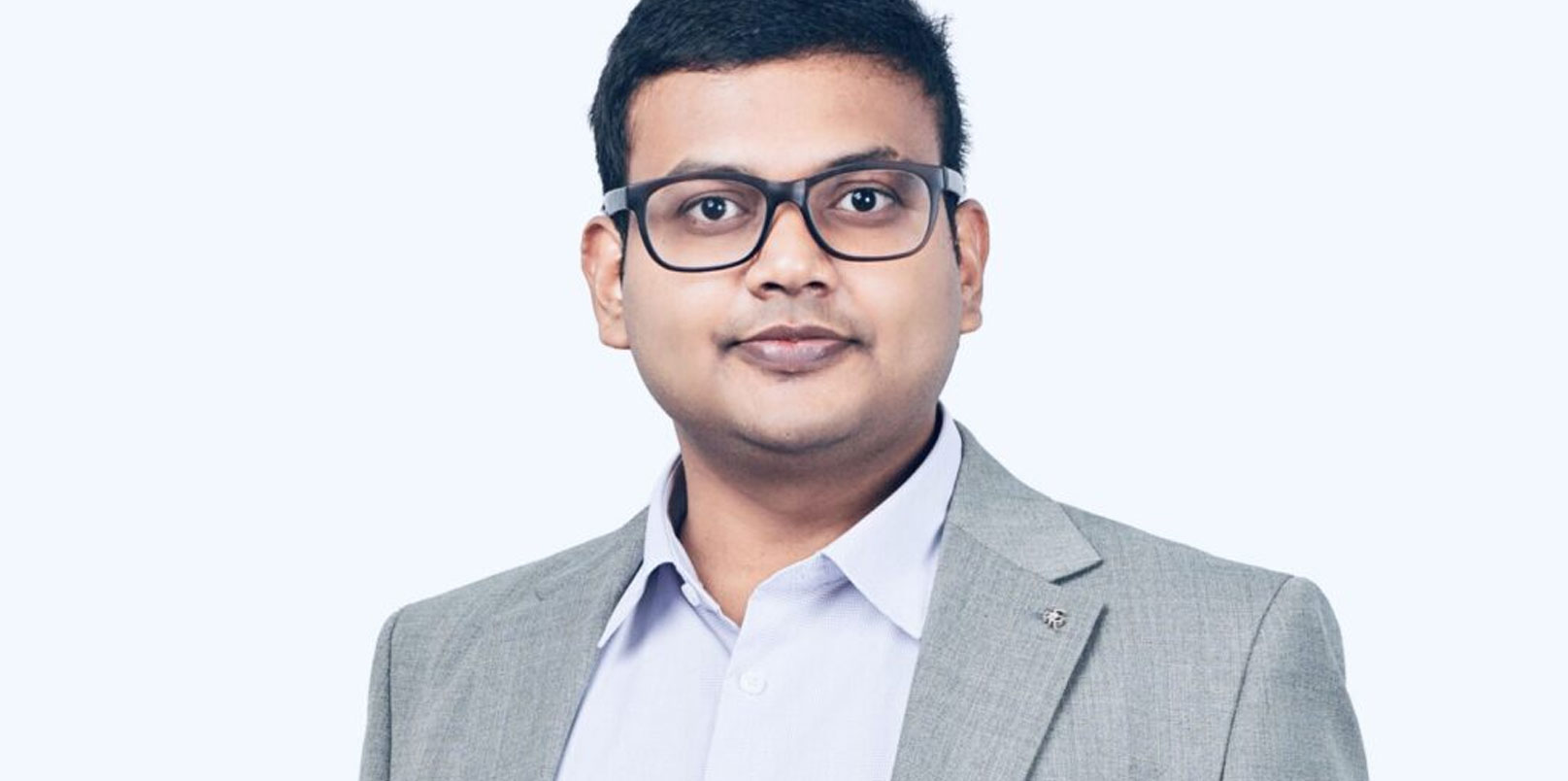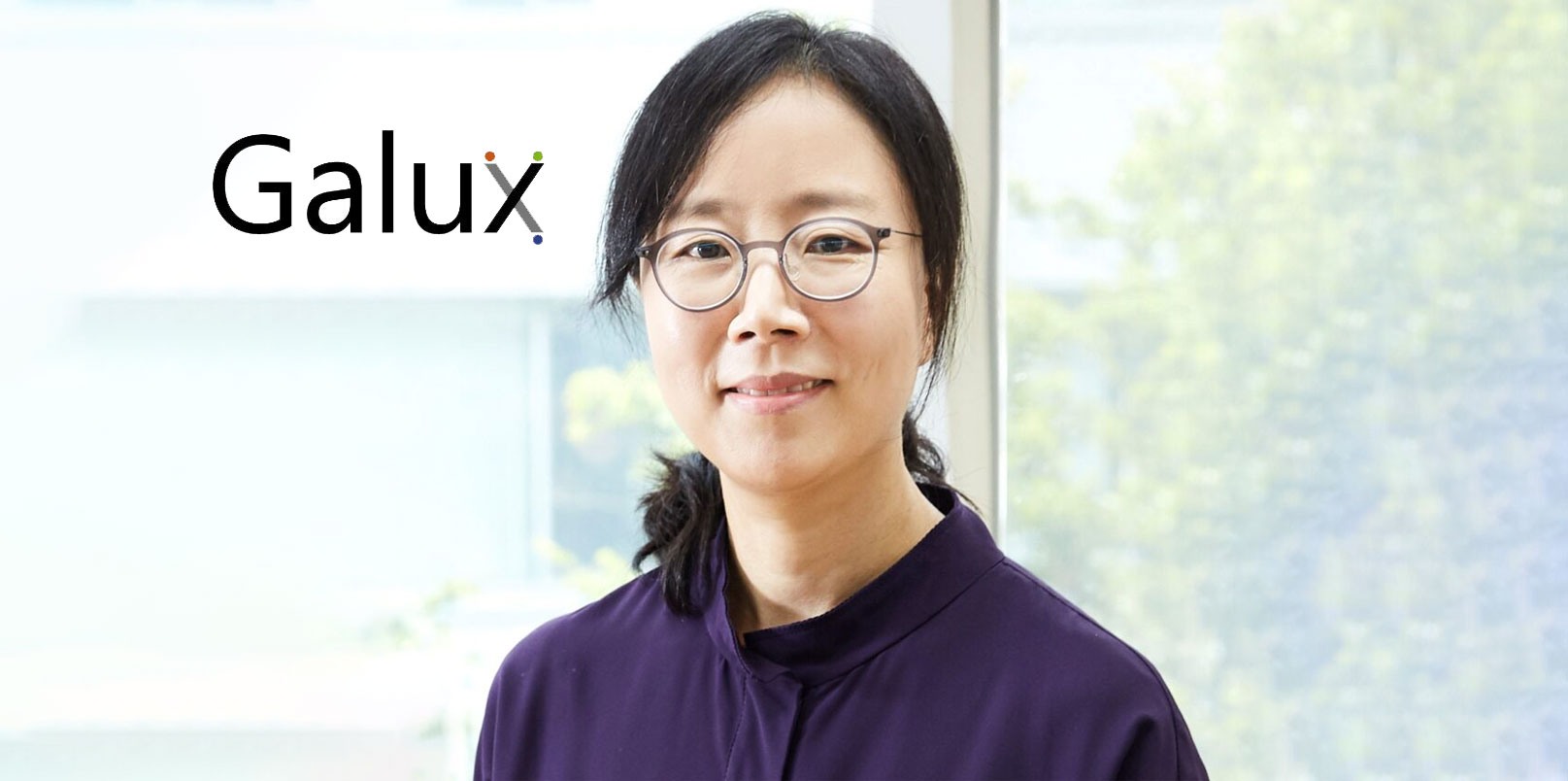Korean startup Floatic, a trailblazer in e-commerce warehouse automation, has recently made headlines by securing $3.8 million in its latest pre-Series A bridge round. Led by Capstone Partners and including Quantum Ventures Korea, Bluepoint, BNK Venture Investment, and BSK Investment, this fresh injection of capital brings Floatic’s total funding to an impressive $8 million. With prior investments from industry giants Hyundai Motors, Naver, and Kakao, Floatic’s innovative approach and robust potential to revolutionize the logistics sector are clearly recognized.
At the helm of this dynamic startup is Chan Lee, a visionary leader with a mission to bridge the gaps in the labour-intensive logistics industry through cutting-edge robotics. Lee, along with Director Jisu Kim, was recently honoured in Forbes’ prestigious “30 Under 30 Asia 2024” list in the Industry, Manufacturing & Energy category, making them the only domestic robot company to be named. This accolade underscores their significant contributions and impact in the field of robotics.
In this exclusive interview, Chan Lee shares his journey, insights, and advice for aspiring entrepreneurs in the tech and robotics space. From the inception of Floatic to its latest technological advancements and future expansion plans, the young entrepreneur provides a comprehensive overview of what it takes to succeed in this challenging yet rewarding industry. Join us as we delve into the mind of a young CEO who is not just shaping the future of warehouse automation but also inspiring the next generation of tech innovators.
Q: What inspired you to focus on e-commerce warehouse automation and how does Floatic plan to revolutionize this sector?
I have always believed that logistics is fundamentally labor-intensive and closely intertwined with human life. The gaps in this sector must be quickly bridged by robotics. I see robots as tools to extend human capabilities, not replace them. By building infrastructure for robotics, I believe that many people will benefit, ultimately improving efficiency and quality of life.
As a founder, I have a lifelong mission to create helpful infrastructure for humanity. My vision is that by developing advanced infrastructure for both robots and humans, we can truly flourish together. While there are many potential markets to explore, the logistics sector, particularly e-commerce warehouses, stands out as one of the most labor-intensive and unpredictable environments. This is why we chose to focus on e-commerce warehouse automation first.
To deeply understand the challenges, my team and I even took part-time jobs in warehouses. Through this hands-on experience, we identified the critical issues firsthand. This solidified our commitment to addressing the inefficiencies and complexities within e-commerce warehousing. By tackling these problems, we aim to revolutionize the industry and make a significant impact.

Q: What were the biggest challenges you faced during the early stages of founding Floatic, and how did you overcome them?
Starting from scratch, I approached potential clients and secured investments based solely on vision, passion, and logic, without even having a prototype. It was challenging to realize that there are many variables, such as market conditions, that can impact our goals. During these times, instead of becoming impatient, I focused on understanding the core essence of our mission. Regularly discussing and reflecting on this with our customers and team members was incredibly helpful. I believe I owe a great deal of our success to my teammates.
Q: Can you share the development journey of ‘Floware’? What were some of the critical milestones in its creation?
In the realm of e-commerce warehouse automation, it is essential for customers to utilize both software and hardware. Hence, we have committed to developing both. From the beginning, we have been designing our own hardware and testing it extensively in real-world warehouse environments.
Our approach has always been to get to the field as soon as we create something. At each prototype stage, we tested on-site and listened to the Voice of the Customer (VOC). While it’s crucial to continuously gather feedback, it’s even more important to distill the key insights and incorporate them into the core of our product. Last year, we reached a significant milestone by completing the fundamental structure of our product and testing it with major retail companies.
Through formal pilot tests, we developed and validated a comprehensive solution that meets our customers’ needs from A to Z, based on the solid foundation of our product. Now, we are focused on ensuring that the growth of both our product and company is sustainable, aiming to achieve a flywheel effect.
This year, we aim to achieve the next milestone by moving towards the commercialization of our product. While we have been testing and refining our technology, we are currently looking at opportunities in the Korean market. Our distinct approach of integrating both software and hardware, coupled with rigorous real-world testing, sets our technology apart from others in the industry.

Q: How does ‘Floware’ differentiate itself from other self-driving robot solutions in the market?
We are not just a company that sells robots; we provide comprehensive and collaborative solutions. Our focus is on deeply understanding and empathizing with our customers’ problems to offer complete solutions rather than simply promoting new technology. Our goal is to solve real problems for our customers using tools like autonomous driving technology and mission assignment systems. Specifically, we address the inbound and outbound logistics issues within warehouses. Even with a smaller customer base, our aim is to become the indispensable solution for a select few.
Floware stands out for three main reasons from the customer’s perspective:
- We offer complete vertical integration of all elements needed for automation, from software to hardware.
- Our solutions can be quickly integrated without the need for separate infrastructure installation.
- We provide flexibility through modular software and hardware, allowing us to swiftly adapt to the specific needs of our customers.
By focusing on these aspects, we ensure that we effectively meet the unique challenges our clients face.
Q: How has the market responded to ‘Floware’ so far, and what feedback have you received from your early customers?
Many robotics companies take a broad market approach, which can lead to fatigue among customers. In contrast, we approach problems with genuine dedication, delving deeply into solving them, which has deeply impressed our customers. They have noticed significant differences in the details of our product, reflecting our meticulous approach. Additionally, we have received positive feedback on our systematic and collaborative work processes.
In the warehouse automation industry, customers are familiar with the concept of using robots but often struggle with implementing these solutions in real-world scenarios. Many robot companies offer generic products that don’t address specific needs. We differentiate ourselves by focusing on the unique needs of our warehouse customers, not just selling robots but solving genuine problems. This dedication has led to a positive market reception.
Our customers appreciate our tailored approach, and we have consistently exceeded target productivity in each project. We’ve also managed to reduce overall process time and project duration, a significant advantage for our clients.
By competing effectively with other players and delivering superior results, we have gained the trust of various customers. Their reactions have been very encouraging, recognizing the genuine effort we put into understanding and addressing their challenges. This has resulted in a great overall experience for them.
Q: Can you tell us about your team? Who are the key members, and how did you build it?
Our initial engineering team was formed with internship members from Naver Labs, a top-tier robotics research group in Korea. I was a project manager there, conducting both robotics and project management research. This experience helped me identify and recruit talented individuals motivated to make a significant impact on society.
One of our key team members, Jisu Kim, is an alumnus of the Korean Talent Award, given to outstanding talents in Korea during their high school years. We initially formed a core team of five to six members, all driven by a shared vision to address meaningful problems.
In the first three to four months, we conducted extensive research to identify the most pressing problem we could solve. We decided to focus on warehouse automation, particularly the inbound and outbound processing for e-commerce, based on the significant potential for improvement and innovation in this area.
Our commitment and the potential impact of our project attracted funding from major companies like Naver and Kakao. This support has been crucial in allowing us to develop our solutions and grow our team further.

Q: How did you secure Pre-A stage investment from major companies like Naver, Kakao, and Hyundai Motor Company, and how have these partnerships influenced Floatic’s growth?
We’ve been fortunate to receive investments from prominent companies, which have been pivotal for our growth. Our journey began with significant support from Naver D2SF, Kakao Ventures -, partly due to my connections through Naver Labs, where I previously worked. This initial backing provided us with the credibility and resources to start developing our solutions in warehouse automation.
Attracting these investments was a combination of our team’s proven track record, the innovative nature of our technology, and the tangible results we have demonstrated in real-world applications. Our deep focus on solving specific problems in e-commerce warehouse automation resonated well with the investors.
In the investment round, we saw participation from several key players, including Hyundai Motor Company’s Zero One Fund, who recognized the potential and impact of our technology. With the funds raised, we plan to accelerate the commercialization of our products, enhance our research and development efforts, and expand our market presence. This investment will also help us scale our operations, improve our hardware and software solutions, and provide better support and services to our customers.
Our goal is to continue refining our technology to meet the evolving needs of the warehouse automation industry and to maintain our competitive edge by delivering comprehensive, integrated solutions that stand out in the market. The interest in robotics from large corporations has greatly benefited our funding efforts, and we see more opportunities for collaboration as our product is now ready for commercialization. We are optimistic about future partnerships and look forward to exploring them further.
Q: What strategies are you employing to scale Floatic, and what markets or regions are you targeting for expansion?
We believe that many challenges in the market can be addressed through collaboration with robotics, particularly in manufacturing, distribution, service, and logistics sectors. Our primary focus is on logistics, specifically solving the highly uncertain problems within logistics centers. Floatic is positioned to work closely with our clients to flexibly resolve these issues.
With our recent investments, we are excited about the future and the opportunities they have opened up. There is significant interest in warehouse automation and robotics from large corporations, including Hyundai Motors, presenting substantial potential for collaboration. We are now well-positioned for commercialization and are actively seeking partnerships to expand our reach and impact.
Our primary strategy is to accelerate our research and development efforts. We aim to continuously refine our technology to meet the evolving needs of our customers. Additionally, we plan to scale our operations, enhancing our hardware and software solutions to improve overall efficiency and effectiveness.
We are committed to deepening our understanding of customer needs and ensuring that our products exceed their expectations. The investment will help us provide better support and services, thereby solidifying our market position.
In summary, the increased interest from major corporations and the substantial funding we have received will greatly benefit our efforts to advance our technology, form valuable partnerships, and deliver superior solutions in the warehouse automation industry. We are very optimistic about the future and the positive impact we can achieve.
Q: What were your key takeaways from participating in MODEX 2024, Automate 2024, and Korea MAT 2024?
Exhibitions are an excellent way to raise awareness about our company. The more people who see and experience our robots firsthand, the better. Our debut was a success, and it’s essential to continue participating in these events to demonstrate our growth and authenticity. We also achieved tangible success by attracting several key customers and partners.
Q: Are there any upcoming innovations or new features in development for ‘Floware’ that you can share with us?
We are continuously striving to improve the functionality of our robots for seamless collaboration from the customer’s perspective. Our focus is on two key points: making the adoption of robots easy and straightforward for workers, managers, and decision-makers, and minimizing uncertainties. These priorities guide our ongoing development and innovation efforts.
Floware is not just a solution; it represents our deep commitment to and innovation in warehouse automation. We recognize the many challenges in the market, particularly in logistics, but we are currently focused on the e-commerce warehouse sector. Our immediate goal is to solve the current problems in this area.
We plan to expand the capabilities of Floware by enhancing picking processes, inbound processing, and outbound processing in e-commerce warehouses. We aim to broaden Floware’s scope to cover more aspects of warehouse automation, ensuring it meets the diverse needs of our clients. Our vision is to expand Floware’s role and impact in the overall automation market, addressing more intricate challenges as we move forward.
Q: What are your expansion plans? Are you thinking of going out of Korea? If so, which markets are you targeting?
Yes, we are planning to expand beyond Korea. Our primary target for expansion is the United States market, where the e-commerce sector is highly evolved. We believe our experience and success in South Korea can be very beneficial in the U.S. market as well.
However, we understand that entering a new market requires strategic partnerships. We are actively seeking partnerships in the United States because we recognize that we cannot do this alone. Step by step, we are working towards establishing a strong presence in the U.S. We are leveraging our participation in events like Modex and Automate to build connections and collaborations. Our goal is to gradually expand our footprint in the United States, ensuring we can deliver the same level of excellence and innovation there as we do in South Korea.
Q: As a successful young entrepreneur, what advice would you give to aspiring founders looking to enter the tech and robotics space?
A foundation of thorough self-awareness and humility is crucial. Youth is a powerful asset, but it’s most effective when combined with an honest recognition of one’s limitations and a commitment to learn and grow quickly.
In technology, especially robotics, progress takes time and the cycles are long. It’s important to stay patient and focus on the essence of what you’re trying to achieve, rather than getting caught up in impatience. This is advice I give to myself as well. I hope many talented individuals will join the robotics industry. Let’s build this together.
As a three-year-old CEO, I can share some insights. Robotics startups are particularly challenging to establish and secure investment for because they involve both hardware and software. One key point I want to emphasize is that robotics takes time and involves long cycles. It’s essential to endure the overall process. Focus not just on the market or the money, but on creating innovations that benefit humanity. When your vision and mission drive your heart, that motivation will help you overcome challenges and make things happen.
If the primary motivation is just money, the journey can be very difficult and may not be sustainable. I encourage more robotics engineers to start their own ventures because we need to expand and create a bigger market to bring about real changes in the world. I’m open to collaboration and building networks. Let’s build this market together.
Keep tab on latest news in the Korean startup ecosystem & follow us on LinkedIN, Facebook, and Twitter for more exciting updates and insights.






